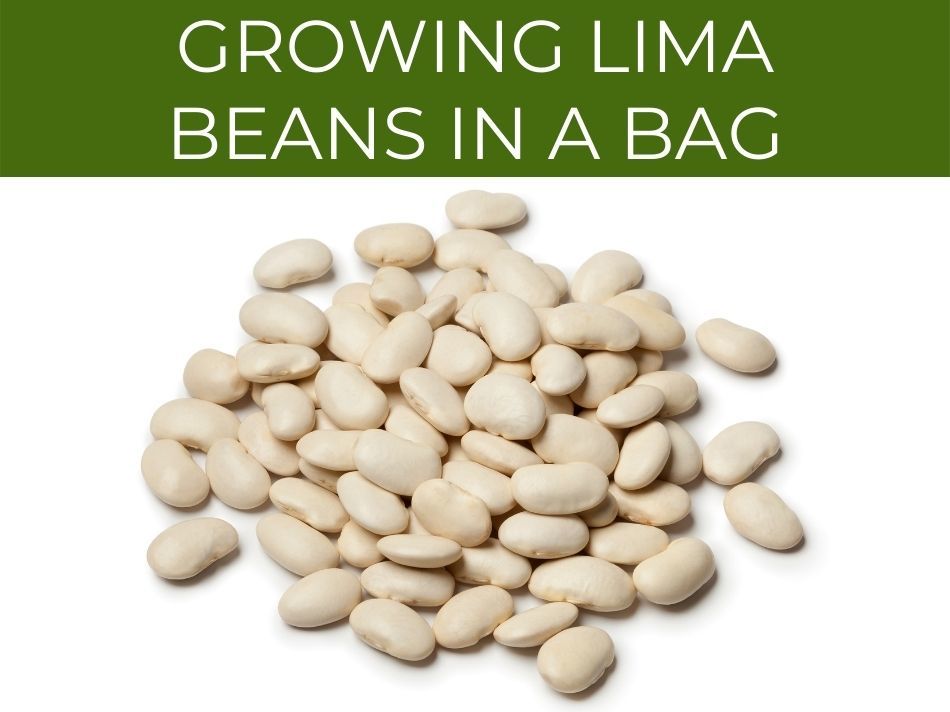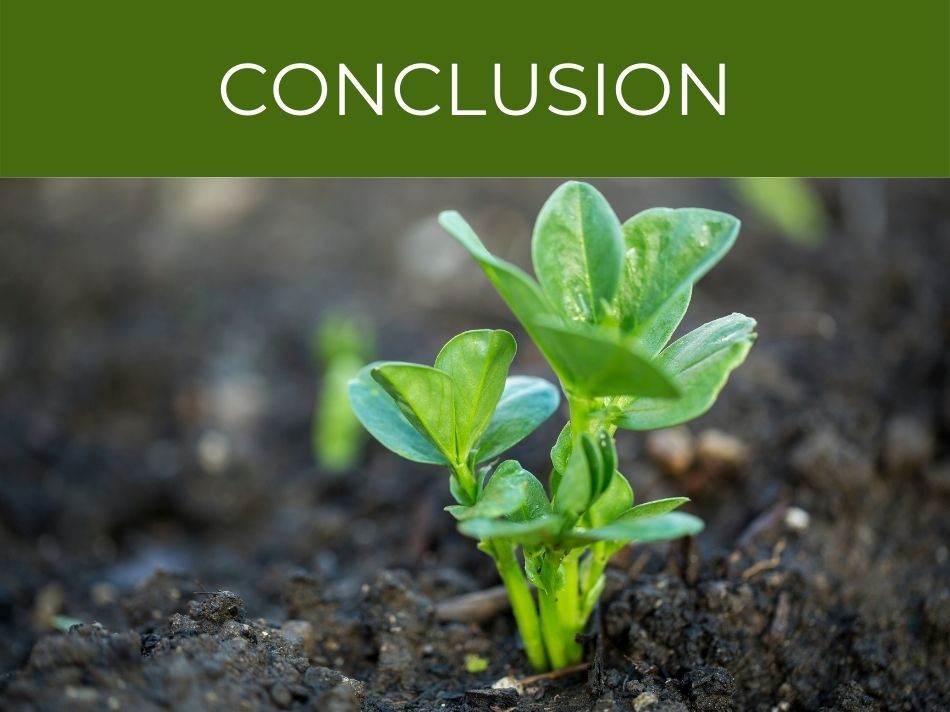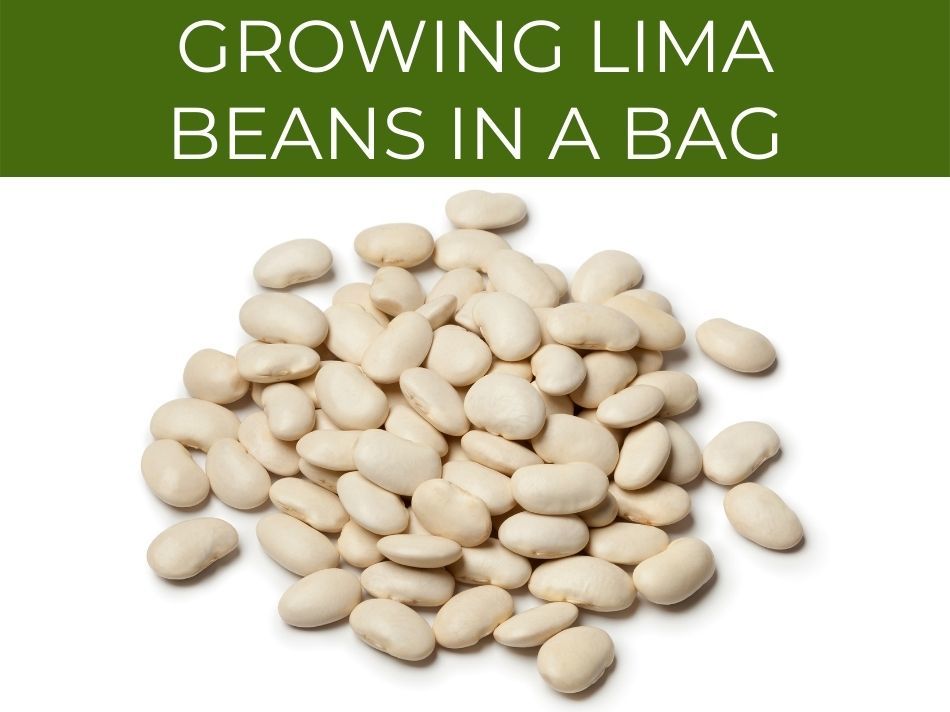Growing lima beans in a bag is easy, and the activity can be brought inside the classroom, where they can be checked on each day. In bags, the conditions can also be easily changed to extend the activity into an experiment to test where beans grow best.
To grow lima beans in a bag, put pre-soaked beans into a bag with a moist paper towel, & check their growth daily. Lima beans can be grown in a baggie for fun classroom activity, which will introduce students to the life cycle of a plant & teach them about the conditions that they need.
Pre-soaked beans will germinate quickly, after two to five days, and students will get to see both the leaves and root systems as they grow.

Growing lima beans in a bag
To bring the growing process into the classroom, try growing lima beans in a bag.
Before you start, soak the lima beans overnight to speed up germination.
Place the beans into a bag with some moist paper towels.
Tape the bag onto a window or sunny wall and make sure it is in a warm position.
To grow lima beans in a bag, first soak them overnight then place a couple into a bag with damp paper towels. Tape the bag onto a window, or a sunny wall, and keep the bag moist as the beans grow. You can use staples half-way up the bag to keep the beans in a good position.
Use a couple of staples half-way up the bag to keep the beans in position, leaving space in between for the roots to grow.
Growing the beans inside allows students to check on their growth each day, and to check that they are kept moist.
See the complete article on how do beans grow.

Germinate seeds in paper towel
Most seeds will germinate if they are kept in a moist paper towel at the right temperature.
A popular method of germinating seeds before they are planted, is to put them in a moist paper towel. You can do this with pretty much any seed, but it works particularly well with beans, peas and pumpkin seeds, which can rot in the ground or be eaten by birds before they germinate in the soil.
Once the roots start growing into the paper towel, they can be hard to separate without damaging them.
To avoid damaging the roots, you can plant the entire paper towel and seed directly into the soil.

Growing lima beans in a baggie
Growing lima beans in a baggie is a good way to do this activity because students can see both root growth and leaf growth.
Lima beans can be grown in a baggie which allows you to see the growing process that usually happens beneath the soil. The plastic stops the seed from drying out too quickly, and baggies are easy to tape onto a window, where they will get enough light even indoors.
The bags are also easy to tape up onto a window where they will get enough light, and there is no risk of spilling soil all over the classroom.

Steps to planting a seed worksheet
Start the worksheet with some questions about what the students think will happen.
You can ask about what they think they will see, and how long they think it will take for the seed to sprout and start growing.
After the growing baggies have been set up, ask the students to write down the things that the plant needs to grow.
See here for our full post on the science of photosynthesis.
Before students begin the activity, ask them to write down what they think will happen and how long they think it will take to start growing. After seeds have been planted, ask them to list the things that the plant needs to grow. Finally, make a journal for the students to record the plant’s growth.
You can make a growing journal with a space to note the date, and a space to draw or describe the growth.
Advanced students can use a keyword list of scientific plant parts, and label them as they see them appear on the growing bean.
Check out our post on the life cycle of a bean plant.

Lima bean experiment
Lima beans can be grown simply to see the germination process, or used as an experiment to see which conditions a bean will grow best in.
Ask students to set up bags in different conditions, changing the temperature, amount of light, amount of water and amount of air that the growing plants get.
To turn lima bean growing into an experiment, set up baggies with different conditions. Depending on the size of your class, change the amount of water added to bags, the lighting conditions, the temperature and try keeping bags closed or open. See which bags have the fastest growing beans.
Record which bags see the fastest growth and identify which conditions are the best.
Find out if beans are a fruit or vegetable.

Lima bean life cycle
Lima beans absorb water to start the germination process.
They sprout their first root, called a ‘radicle’, which starts to absorb extra nutrients, followed by more roots.
Part of the bean then emerges from the soil, and the first leaves are pushed out, which allows the plant to absorb light.
The bean plant grows bigger, forming a stalk and more and more leaves.
When lima beans germinate, they sprout the first root called the ‘radicle’. More roots grow, then the part of the bean that contains the first leaves is pushed above the soil. You will see the first leaves come out, then see the stalk grow bigger with more and more leaves.
When the plant is big enough it will produce a flower.
When the flower is pollinated, it will start to grow a pod with more beans inside of it.

How long does it take a seed to germinate
The time it takes for a seed to germinate depends on the type of plant.
Some seeds germinate very quickly, like radishes.
If the conditions are right, a lima bean should germinate after 2 – 5 days in a bag. This is much faster than in soil, which is about eighteen days. Some seeds, like radishes, germinate very quickly after a couple of days. Some trees have a very hard seed coat and take two years to germinate!
Your lima beans should germinate in a bag after 2 – 5 days.
The bag method speeds up germination, which takes around 18 days when lima beans are planted in soil.
Some seeds can germinate in as little as 2 days, depending on temperature.
The record-holder for longest seed viability is an arctic lupine, which was sprouted after 10,000 years!

Conclusion
Growing lima beans in a bag is a fun and easy classroom activity that can also be extended into an experiment.
Students are not only introduced to the amazing process of growth, they will get to learn about the life cycle of a plant and understand the conditions that a plant needs in order to grow.

